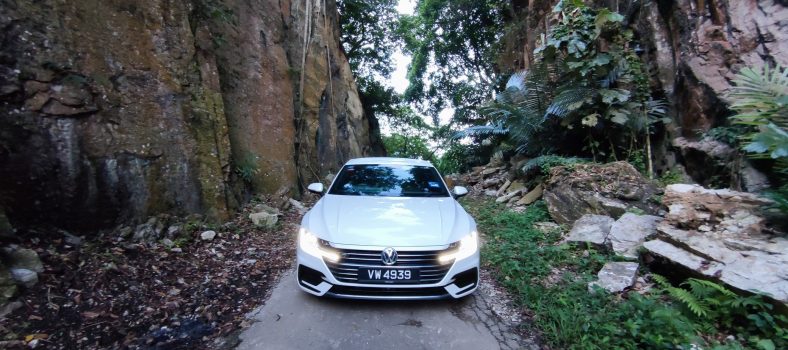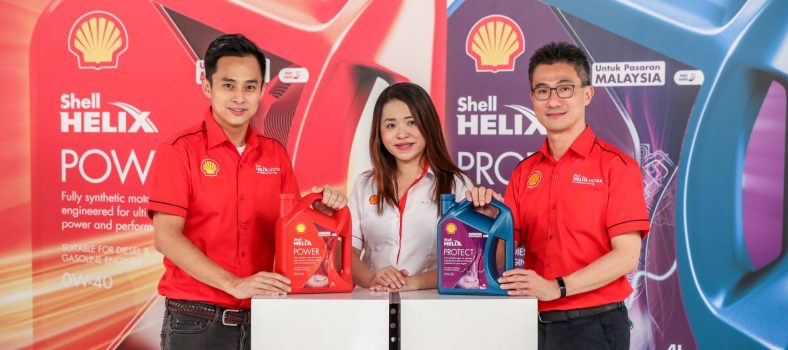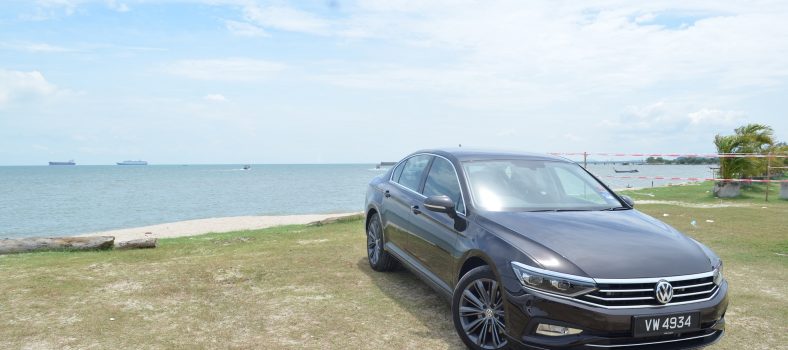One word; leverage.
Everyone appreciates quality and the general consensus is the more you pay for something, the better the quality. It is only natural that we are wary of anything that professes quality but costing a fraction of what we perceive to be of fair value. The thing about Malaysians when it comes to vehicles is this:-
- CBU is always better than CKD. We have this weird perception that everything, from tires to condoms must be extra durable if it’s made in a foreign land.
- Anything from Asia apart from Japanese is going to be cheap but either the parts fail prematurely, requires high maintenance or is just plain ugly.
- Second hand value of non-Japanese Asian made cars sinks faster than the Titanic.
Look no further than Hyundai and Kia to see how long it took for them to establish a foothold here.
However, perception can change given sufficient time and reason. And what separates the ‘hot-hot-chicken-shit’ amateurs from the professionals is consistency. You can be the world’s largest car manufacturer or you be a chef selling economy rice at the back lanes, consistency is king.
When it comes to the car making business, maintaining consistency a very expensive conundrum. You have limited resources but you need to be able to produce sufficient numbers to remain profitable enough to pay your overheads.
That means finding a plot of land to rent/buy and set up the factory
And investing in heavy machinery, parts, materials, manpower.
And deal with suppliers, vendors who may not always deliver on time.
Then you’ve got auditors who poke their noses into your processes for ISO certifications.
And accountants who keep reminding you of budget constraints despite your grand plans.
All this, while keeping an eye on consistent quality.
Believe me, balancing plates on sticks, while standing at the back of a pickup 4×4, traversing Borneo Safari can be easier than this.
But the folks at Go Auto Manufacturing came up with an ingenious way of having a factory that doesn’t require ludicrous amounts of money while at the same time ensuring quality remains consistent.

Go Auto Manufacturing Sdn Bhd, the local franchise holder of GWM is relatively unknown in the Malaysia’s automotive sector. Having set up its factory four years ago to assemble GWM pick up Wingle and Haval H5, it had the capacity of producing 60 units per month and employed around 40 people. Today, they are able to assemble 300 units per month and have 200 people working under their roof and was recently awarded Malaysia’s first EEV manufacturing license from the Malaysian Ministry of International Trade and Industry (MITI) which entitles them to customized incentives and tax breaks from the government. They may not be as large as the NAZA plant sitting across the road from them but they recently open a new site for a second factory which allows increase in capacity and do more body and paint.

















5 Comments
This is the type of disruption that the established auto makers got to watch out. It’s good for consumers -for giving them choices, and pressure on the established players to buck up.
I vividly remember in the 1970s, we laughed at Milo-tinned Datsun 120Y and Toyota Corolla. After a decade or 2, wonder who are laughing.
Guess the time frame for these start-ups to challenge the established players will be much shorter in the 21st century.
[Thumb up]
Fortunately for most players, market disruption for the automotive sector takes a while longer since buying a car is a capital investment and changing public perception on less popular brands takes time. Still, we’re living in an era where the consumer likes choices and so long as market feedback remains positive, the company can always win market share.
This was a really good read, thanks for taking the time to write it. Not many local media portals write about our local car plants, so it’s always nice to read about and see photos of them. cheers
Can’t really blame other media portals since not everyone has the same unique set-up as GAM. Furthermore, this visit wasn’t open to all media so have to be fair la
Go Auto Manufacturing Sdn Bhd (GAM) exemplifies innovation and efficiency in Malaysia’s automotive industry. By implementing a ‘Tier 0’ system, they integrate suppliers directly into the assembly process, ensuring high-quality production with minimal investment. Their growth from assembling 60 to 300 units per month and securing Malaysia’s first EEV manufacturing license highlights their commitment to excellence. Kudos to GAM for redefining manufacturing strategies and contributing to Malaysia’s automotive success! 🚗🔧👏